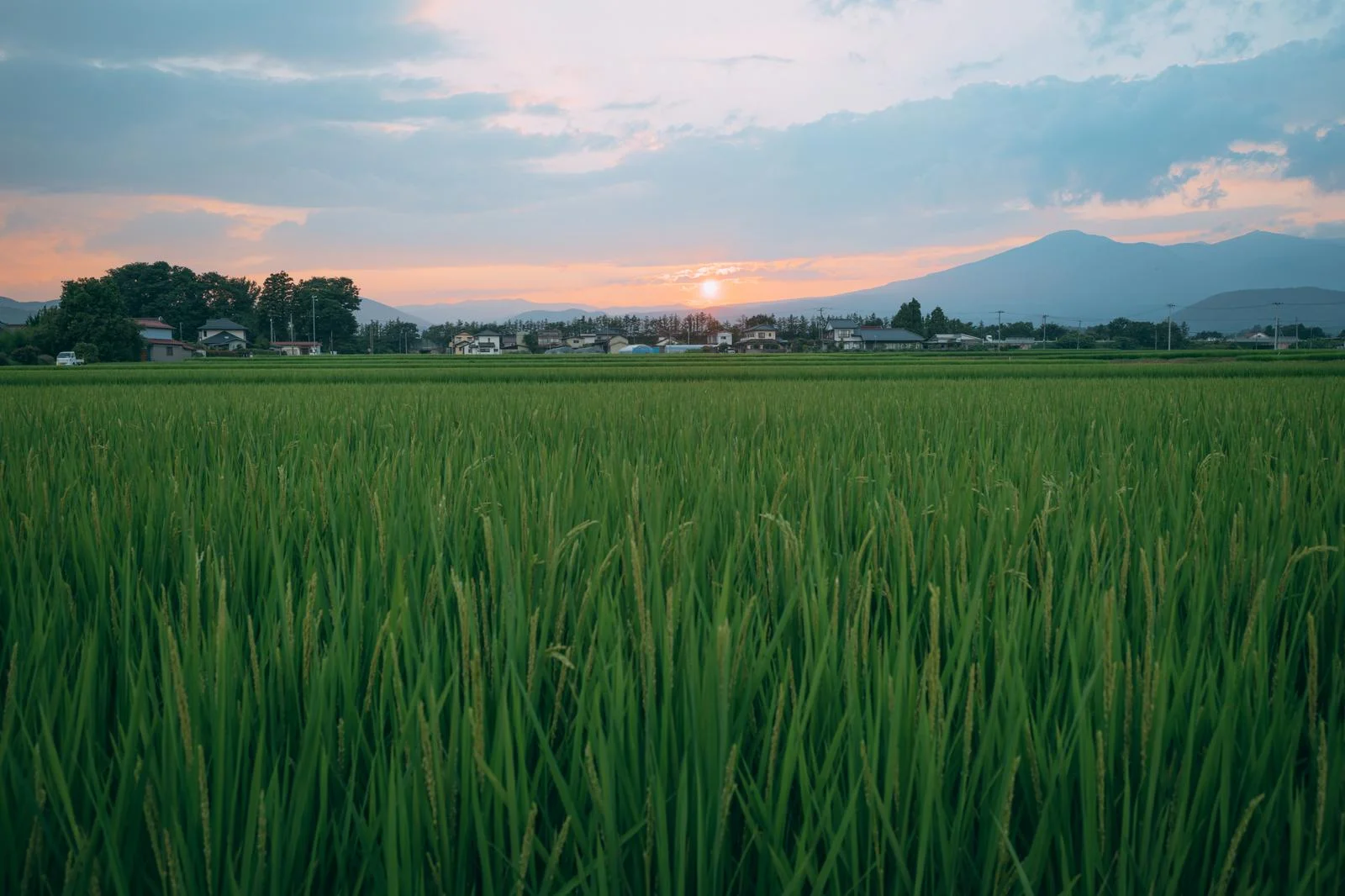In Japan, rice is more than just food — it’s tradition, culture, and comfort. But in recent years, the price of rice has been steadily climbing, and it’s beginning to affect our everyday lives in noticeable ways.
As someone who started living alone just a year ago, I’ve often relied on microwaveable rice packs from supermarkets and convenience stores. They’re quick, affordable, and perfect for single-person households like mine.
However, I’ve recently noticed that these packs have become significantly more expensive — by about 50 to 60 yen compared to a year ago. What once cost around 120 yen is now closer to 180 yen.
What’s causing this price surge?
There are several factors. One major reason is climate change, which has led to more frequent extreme weather events like heavy rain and heatwaves, damaging rice crops and reducing harvests. In addition, the rising cost of fuel, fertilizer, and labor has made rice farming more expensive overall. Supply chain disruptions and inflation have only added to the problem.
Measures taken by the Japanese government
To tackle this issue, the Japanese government has started taking action. Measures include offering subsidies to farmers, investing in more resilient rice varieties, and promoting domestic agricultural production. Some local governments are even encouraging young people to take up farming by offering financial support and training programs. However, these efforts take time, and it remains uncertain how effective they will be in the long run.
What does the future hold for rice?
As a consumer, I can’t help but worry. Rice has always been Japan’s staple food — something we’ve eaten with every meal since childhood. But if prices continue to rise, I wonder what the future holds. Will rice still be the center of Japanese meals one year from now? Or five years?
The idea that rice might become a luxury item rather than an everyday essential is both scary and a little sad. I hope that through continued support for farmers and smarter agricultural policies, we can protect this vital part of Japanese life — not just for ourselves, but for future generations.



コメント